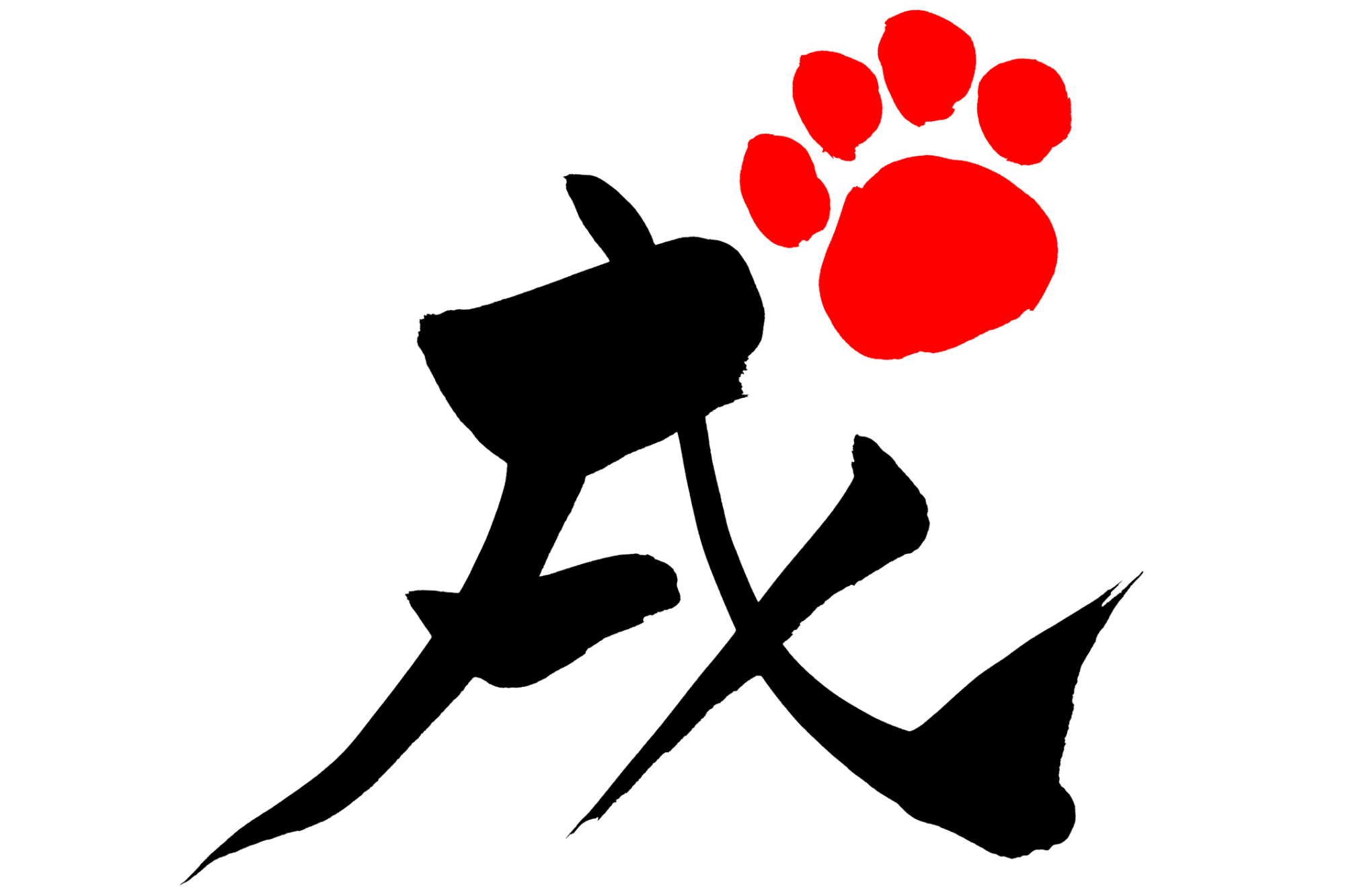Canine-lovers have plenty to celebrate, what with this year being 戌年 (Inu-doshi, the Year of the Dog). If you're wondering why Inu-doshi uses the kanji 戌 instead of the more familiar 犬, the former means "a good or valuable dog," the latter your garden-variety plain mutt. The 干支 (eto, Chinese zodiac) uses special kanji, so it's 戌.
Dogs and the Japanese go way back, as attested by the presence of the 狛犬 (komainu, lion-dog deity statue) adorning the gates and grounds of Shinto shrines all over Japan. In the late Edo Period (1842, to be precise), the best-selling novel series of the time was 南総 里見八犬伝 (Nansō Satomi Hakkenden, "Eight Dog Chronicles"), which actually had very little to do with dogs per se, the focus being on the dog character 犬 that figures in the characters' names. Dogs were trendy for most of the Edo Period thanks to the fifth shogun, Tokugawa Tsunayoshi, and his famed 生類憐みの令 (Shōrui Awaremi no Rei, Law Prohibiting Cruelty to Animals).
Tsunayoshi had a lot of angst about being childless and consulted his mother's favorite monk. This monk told him to put a ban on animal killing, with special emphasis on the dog (Tsunayoshi himself was an Inu-doshi man), which would appease the gods — enough to grant the shogun an heir.



















With your current subscription plan you can comment on stories. However, before writing your first comment, please create a display name in the Profile section of your subscriber account page.